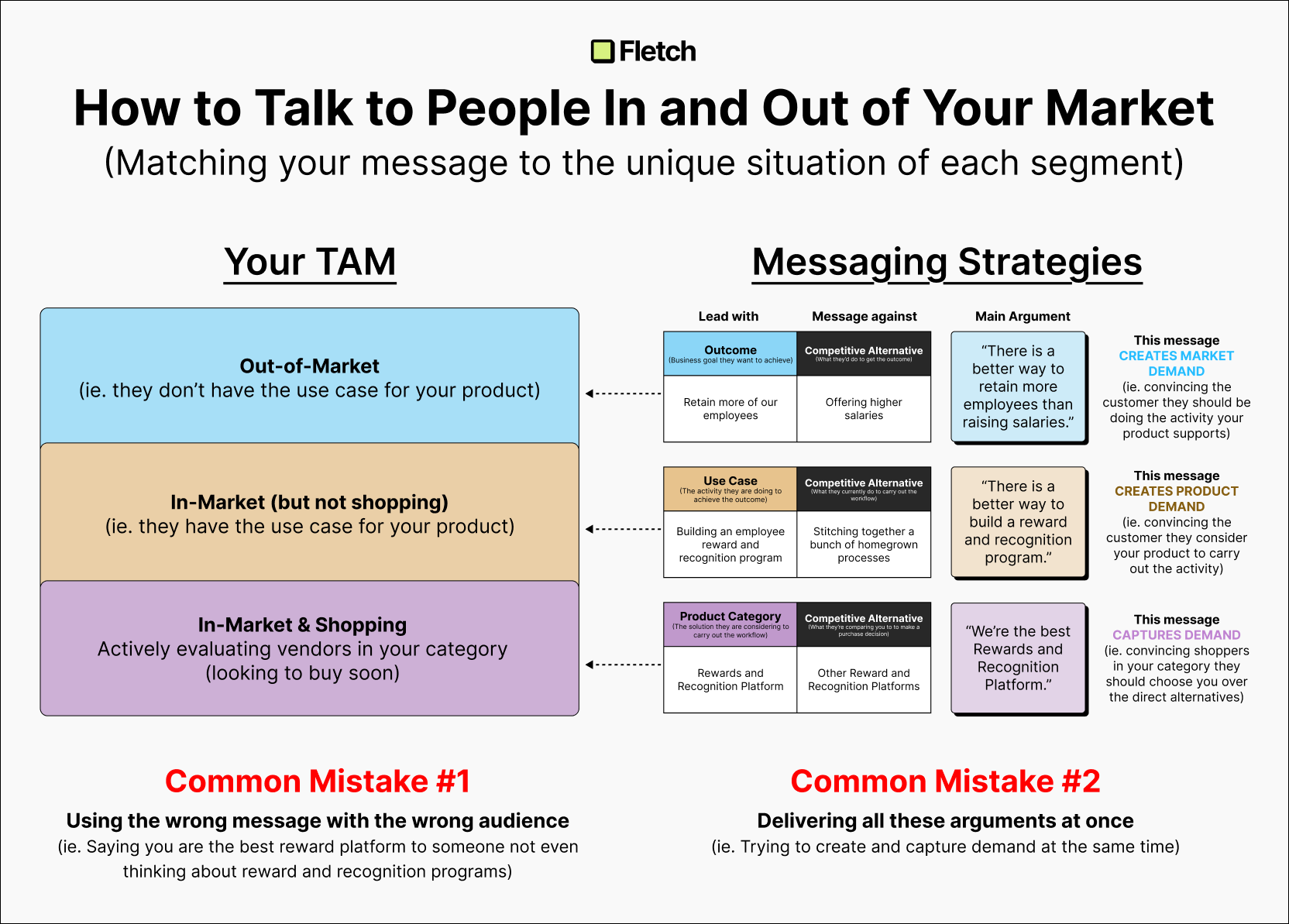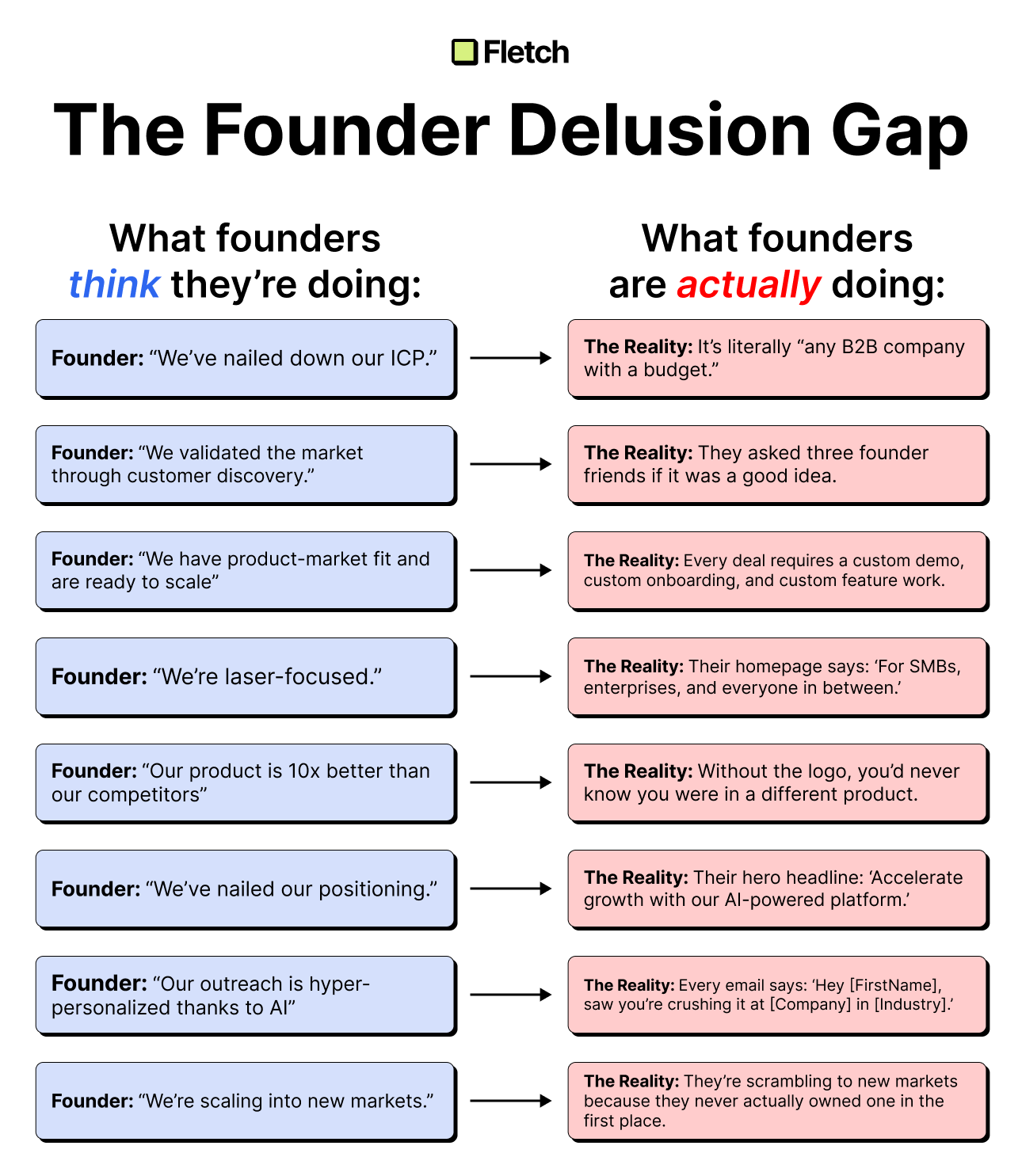Choosing and Using a Positioning Anchor


"How do I talk about my product if I have different types of customers?"
✅ Answer: Choose (and use) a Positioning Anchor
Unless founders explicitly set out to create a "vertical" product
(i.e. something made for specific role, team, company type, or industry)
they will end up creating a "horizontal" product.
Horizontal products have been traditionally loved by Silicon Valley:
→ Slack, Calendly, Loom, Uber, ChatGPT, etc.
But they come with a messaging challenge for founders and marketing teams:
"How do we actually talk about this thing we've created? 🤔"
This single challenge is the reason why 99% of SaaS websites are IMPOSSIBLE to understand.
It can be very difficult to find a unifying message.
This is why "positioning anchors" can be so helpful.
Even with many customer types, you can find a unifying element that all of them will understand.
Positioning anchors:
🟥 Problem: a pain point that is experienced across all segments
ex: all of 1Password 's users struggle with forgetting passwords
🟧 Product Capability: a new unlock that's desirable for all the different segments
ex: Uber letting you book a ride from anywhere)
🟩 Product Feature: a crazy thing that no one else does
ex: the first folding phone
🟦 Benefit: an extremely desirable metric change
ex: Sam Browne 🦖 saying he'll get you to Linkedin 50k followers in a year
🟪 Product Category: a type of product everyone gets
ex: DuckDuckGo anchoring on being a search engine that doesn't take your data
You should lead with whichever will make the most people understand your product the quickest across all your customer segments.

Ben Wilentz
Founder, Stealth Startup





